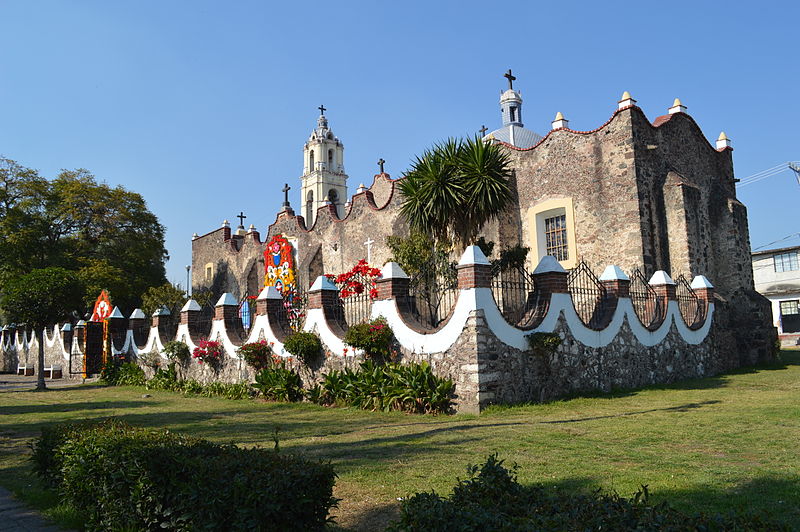
Santa Catarina Yecahuízotl is a fascinating, twisting hillside village, on the far side of the Tetlalmanche volcano in Tláhuac. One of the seven original settlements in Tláhuac, it’s the most remote and the furthest from everything you’d expect from Mexico City.
The town was originally called Acatzinco, a word that translates as something like “small field of reeds”. In the Late Postclassic period, the town was renamed Cuauhtli Itlacuayan: “Eagle Feeder.” During the colonial period, the name of the saint was added, but Yecahuizotl is much more controversial. One interpretation puts it as “Nose of the amphibious animal” referring to the shape of the hill, similar to an amphibian. It has also been suggested as “Land of ants” and “The third branch of the reed road”.
The town was consolidated and re-founded, and the name Yecahuitzol was added agin, in 1924 during the post-revolutionary agrarian reforms. The city has been the subject of extensive archaeological studies. Researchers have concluded that the area has been occupied since the Early Formative period, i.e., 1500-1150 BCE. A village on the north shore of Lake Chalco, it was dedicated to fishing and agriculture since that time. Between 650 and 300 BCE, this same town maintained relations with other riverside populations. Around 1100 CE, it was probably governed by the island city of Tláhuac, today’s San Pedro Tláhuac.
It is thought that during colonial times, the town’s patron saint, Santa Caterina, was selected for the town because her feast day, November 25, coincided with that of the local deities already celebrated by the town’s inhabitants. The village today consists of the neighborhoods of La Concepción, San Miguel, Guadalupe and Santiago. The southern neighborhood of Colonia Ampliación Santa Catarina began to grow in the 20th century.
The Church of Santa Catarina was built in the 17th century, beginning in 1646. An earlier church had been on the site since 1559. The altarpiece, dedicated to Santa Catarina, is often cited as the best of its kind in the region.
Visitors to the town often go to the Tequesquipa nature reserve, a section of the Sierra de Santa Catarina. The Plaza del Pueblo also has an interesting cultural center on one side. That can be invaluable for those interested in the more recent history of Santa Catarina Yecahuízotl. Don’t miss the Kiosco Yecahuizotl and the rest of the town center. The Santa Catarina Market is a few blocks north and is an excellent place for lunch.
 55 5860 1736
55 5860 1736
 https://www.facebook.com/Coordinaci%C3%B3n-Santa-Catarina-Yecahuizotl-257507571421042/
https://www.facebook.com/Coordinaci%C3%B3n-Santa-Catarina-Yecahuizotl-257507571421042/
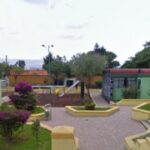
Nearest at 0.38 kms.
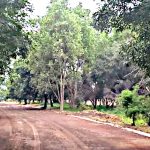
Nearest at 1.57 kms.
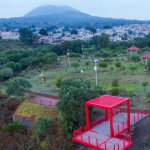
Nearest at 1.92 kms.

A major recreational development in the Quetzalcoatl Urban Development. . .
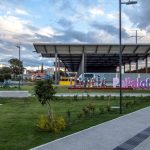
One of Iztapalapa's most beautiful urban parks...
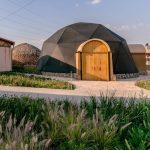
Iztapalapa's most sustainable and eco-conscious Utopia . . .
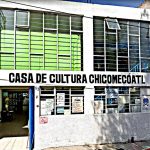
Chicomecóatl is a neighborhood center and cultural hub for communities in the shadow of the volcano.
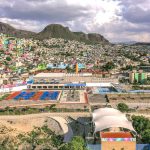
A water-themed sports and cultural center on the northern slopes of the Sierra de Catarina.